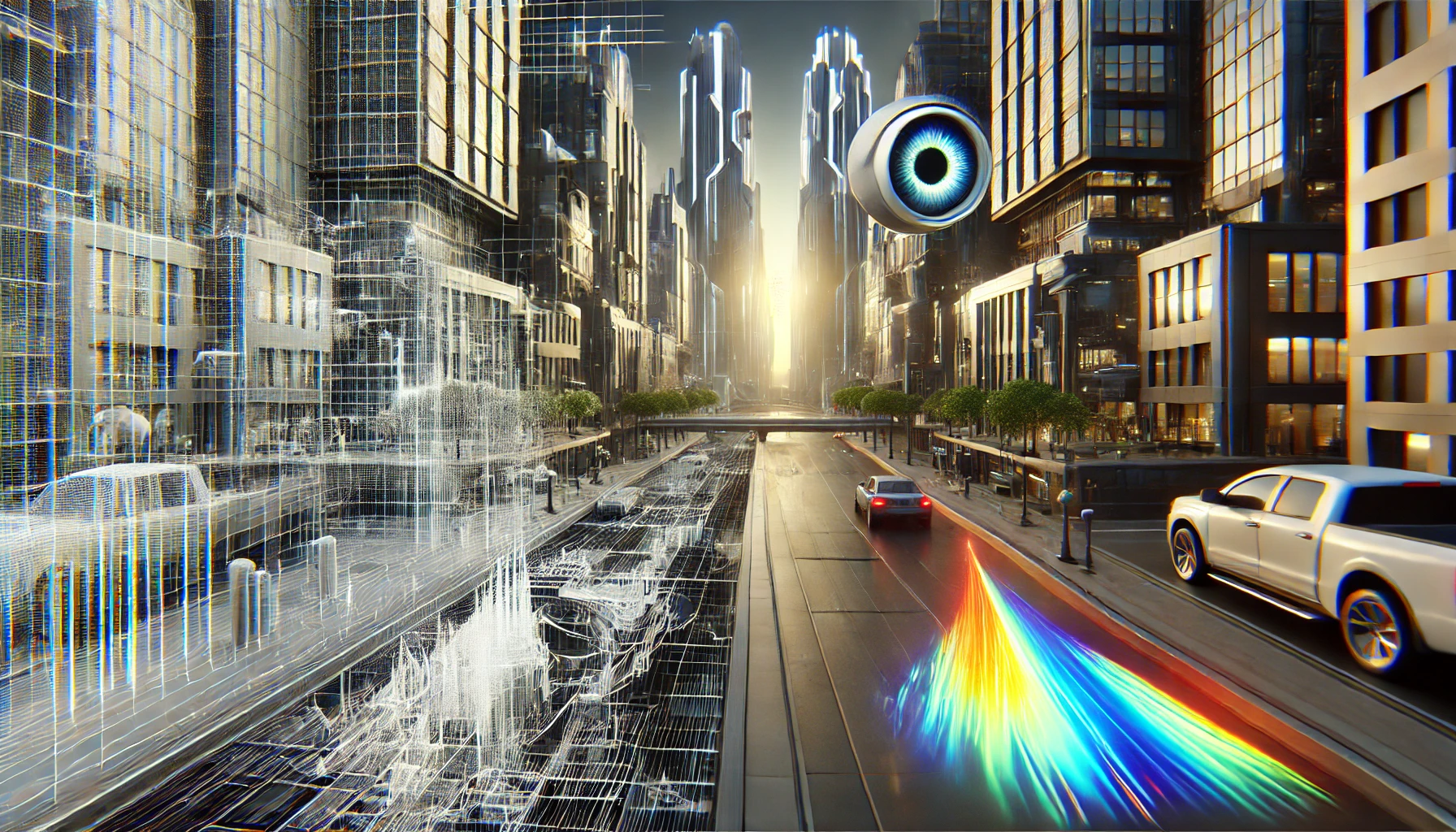Highlights
- Researchers assessed the quality of Neural Radiance Fields (NeRF) for 3D scene reconstruction using both subjective and objective evaluations.
- The study created a new dataset to compare NeRF methods and assessed how well existing image and video quality metrics work for NeRF-generated content.
- Errors in camera pose estimation can introduce distortions, highlighting the need for better quality metrics tailored to NeRF-based view synthesis.
- Subjective tests revealed that real-world scenes are more challenging to synthesize than synthetic ones, impacting visual quality.
- The study suggests improvements for future NeRF evaluations, including better metrics and compensation for geometric distortions.
TL;DR
A new study evaluates the quality of AI-generated 3D scenes using NeRF, a cutting-edge method for view synthesis. Researchers found that existing image and video quality metrics do not fully capture the unique distortions present in NeRF-rendered scenes. They highlight challenges such as camera pose errors and the need for improved evaluation methods.
AI-Generated 3D: Are We There Yet? Scientists Put Neural Rendering to the Test
The Rise of NeRF in 3D Imaging
Imagine walking through a virtual museum or exploring a photorealistic 3D world created entirely by AI. That’s the promise of Neural Radiance Fields (NeRF), a deep learning technique revolutionizing view synthesis—the process of generating novel viewpoints of a scene from 2D images. While NeRF has made waves in virtual reality (VR), gaming, and film production, evaluating its quality remains a challenge.
A new study by Pedro Martin, António Rodrigues, João Ascenso, and Maria Paula Queluz from the Instituto de Telecomunicações/Instituto Superior Técnico, University of Lisbon, rigorously examines how well NeRF-generated scenes hold up in terms of visual quality. Published in IEEE Access, the research combines subjective assessments (human perception tests) and objective evaluations (automated quality metrics) to uncover gaps in NeRF’s performance.
Why Evaluating NeRF Is Harder Than It Seems
Unlike traditional 3D modeling, NeRF reconstructs scenes using a 5D function that encodes spatial location and viewing direction. This means the AI does not create a physical model but rather an intelligent prediction of how the scene should appear from different angles. While powerful, this approach introduces visual distortions—such as floating artifacts, blurry edges, or incorrect object geometries—that traditional quality metrics may not capture effectively.
To assess NeRF’s effectiveness, the researchers built a new dataset containing a mix of real and synthetic scenes, captured with both front-facing (FF) and 360-degree cameras. They then conducted subjective quality tests, where human participants rated NeRF-generated videos against real footage. Additionally, they tested how well existing image and video quality assessment metrics—like PSNR, SSIM, and LPIPS—aligned with human perception.
Key Findings: What Works and What Doesn’t?
The study found that NeRF struggles more with real-world scenes compared to synthetic ones. Errors in camera pose estimation—the process of determining the exact position and angle of the camera—caused misalignments between reference and synthesized images, affecting quality. These pose errors led to spatial distortions, making existing quality metrics less reliable.
Among NeRF methods, Nerfacto emerged as the best for front-facing views, while Mip-NeRF 360 performed better for 360-degree scenes. However, the voxel-based TensoRF method provided the highest-quality synthesis for synthetic environments.
The researchers also discovered that current quality metrics fail to fully capture NeRF-specific artifacts. Metrics designed for traditional 2D images—such as PSNR (Peak Signal-to-Noise Ratio)—were ineffective in judging NeRF content, especially for real-world scenes. Learning-based metrics, such as DISTS and FovVideoVDP, showed better alignment with human perception. Moreover, compensating for spatial shifts (to correct for misaligned camera poses) significantly improved evaluation accuracy.
Challenges and Future Directions
While NeRF continues to advance, this study highlights key areas for improvement:
- Better Quality Metrics: Current 2D and video quality metrics need adjustments to properly assess NeRF-based view synthesis. New metrics should consider depth perception, multi-view consistency, and 3D-specific distortions.
- Handling Camera Pose Errors: Future methods should develop ways to automatically compensate for misalignments caused by pose estimation errors, improving the accuracy of quality evaluations.
- Advancements in NeRF Training: The study suggests that integrating learning-based quality metrics into NeRF training could improve rendering accuracy.
- Emerging Alternatives Like 3D Gaussian Splatting (3DGS): The researchers note that new methods like 3DGS could offer superior quality and computational efficiency. These should also undergo rigorous quality assessment.
What This Means for the Future of AI-Generated 3D
NeRF is a game-changer for VR, gaming, and filmmaking, offering hyper-realistic scene reconstruction with minimal input. However, its limitations in real-world scene synthesis highlight the need for better evaluation tools. This study provides a crucial roadmap for researchers, developers, and industry professionals looking to refine AI-driven 3D modeling.
As neural rendering technology evolves, improved assessment methods will help bridge the gap between AI-generated realism and human perception—bringing us closer to seamless, high-quality virtual experiences.

